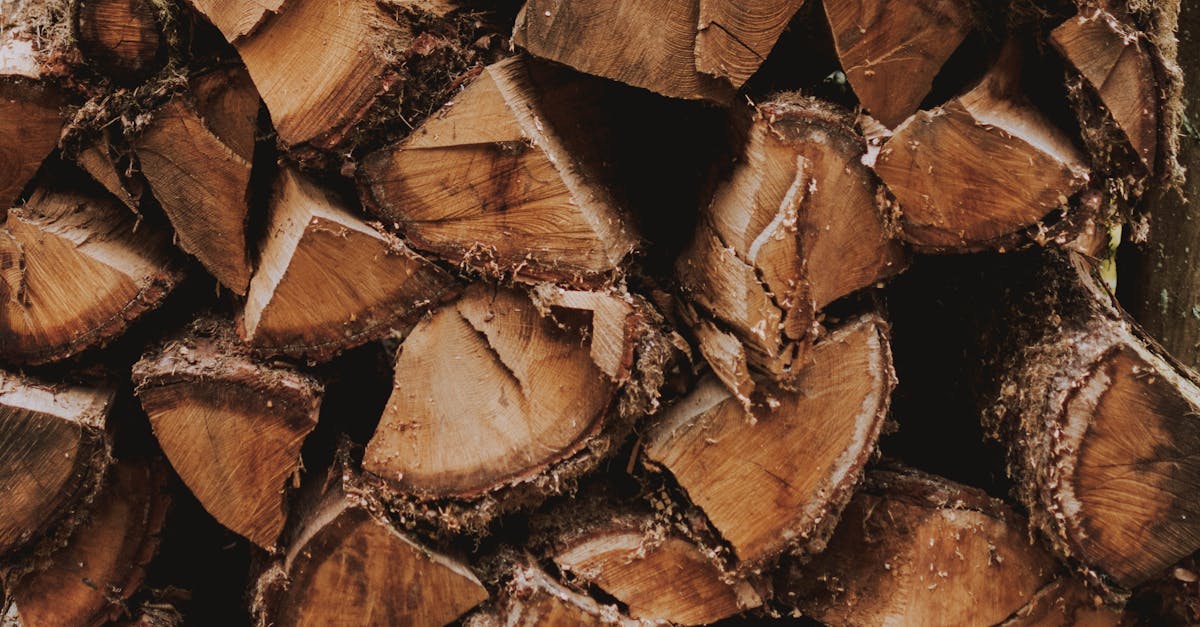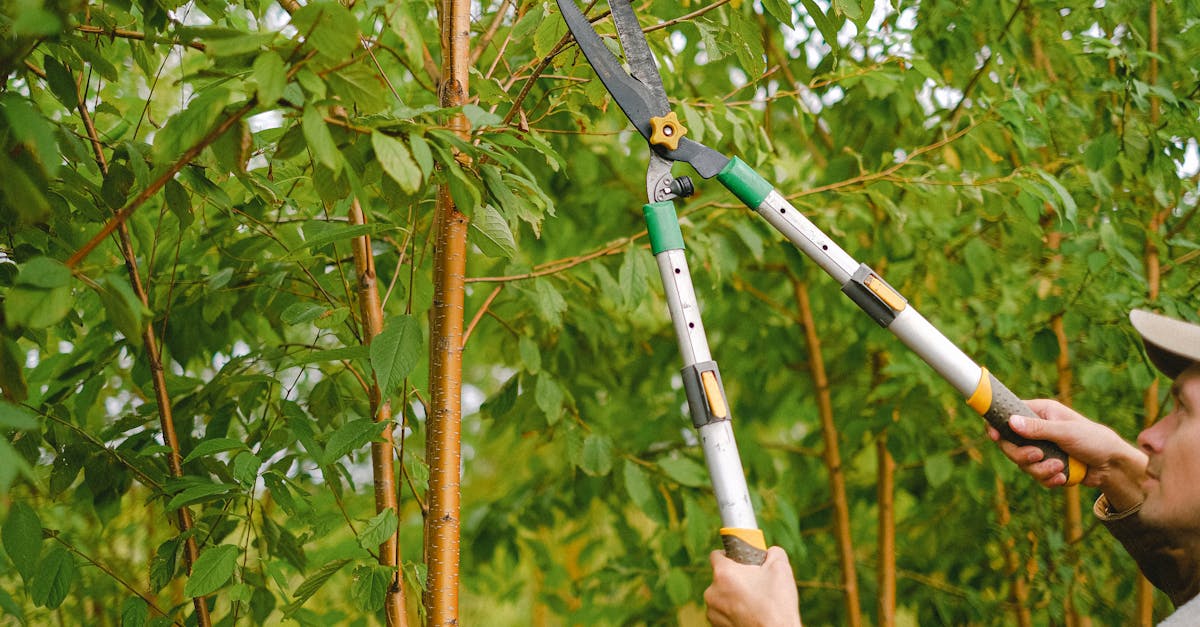
Pruning for Disease Prevention
Pruning for Disease Prevention
Pruning plays a vital role in maintaining the health of your plants by preventing the spread of diseases. By removing infected or damaged plant parts promptly and efficiently, you can stop the disease from spreading further. When considering pruning for disease prevention, it is crucial to prioritize the removal of any areas that show signs of infection or damage. Regular and careful inspection of your plants can help you detect issues early on and take necessary action. By adhering to proper pruning techniques, you can promote the overall well-being of your plants and ensure their longevity.
Tree Pruning and Trimming near me can offer professional services to aid in disease prevention through expert pruning practices. By entrusting the care of your plants to knowledgeable professionals, you can ensure that they receive the attention they need to thrive.Utilizing their expertise in identifying diseased or damaged plant parts, professionals can effectively mitigate the risks associated with plant diseases. Consultation with Tree Pruning and Trimming near me can provide valuable insights into tailored pruning strategies that align with your plant's specific requirements.
Removing Infected or Damaged Plant Parts
Removing infected or damaged plant parts is a crucial aspect of tree pruning and trimming near me. This practice not only enhances the overall appearance of the plant but also promotes its health and vitality. By promptly addressing any signs of disease or damage, gardeners can prevent the spread of infections and ensure the plant's longevity.
Regularly inspecting plants for any indications of infection or injury is essential for maintaining their well-being. By removing infected or damaged parts using clean, sharp tools, gardeners can prevent further harm and encourage new, healthy growth. Additionally, proper disposal of the removed plant material is key to preventing the spread of diseases within the garden or landscape.
Consideration of Seasonal Factors in Pruning
Consideration of seasonal factors is crucial in the practice of pruning. Understanding the optimal timing for pruning can significantly impact the health and growth of plants. One essential aspect to consider is the dormancy period. Pruning during this phase, typically in late winter or early spring, can promote healthy regrowth in the coming growing season. It is also advisable to avoid pruning during periods of active growth, as this may stress the plant and hinder its ability to recover efficiently.
Additionally, climate plays a significant role in determining the best time for pruning. Factors such as temperature and moisture levels can influence how plants respond to pruning. For instance, in areas with harsh winters, it is advisable to postpone pruning until the risk of frost has passed. By considering seasonal factors and the specific needs of each plant, individuals can ensure that their pruning practices are not only effective but also promote overall plant health and vitality. For expert guidance on seasonal pruning, consult a professional service specializing in Tree Pruning and Trimming near me.
Tailoring Pruning Practices to the Plant's Growth Cycle
When it comes to tailoring pruning practices to the growth cycle of plants, understanding the specific needs of each species is paramount to achieving optimal health and growth. Different plants have varying requirements for pruning based on whether they bloom on old wood, new wood, or a combination of both. For instance, flowering shrubs that bloom on new wood should be pruned in late winter or early spring before new growth begins, whereas plants that bloom on old wood should be pruned after flowering to avoid cutting off potential blooms for the next season.
Considering the growth habits and natural cycles of plants is essential for maintaining their health and vitality. Trees and shrubs that fruit or flower in the spring are generally best pruned after their flowering period to ensure that the next season’s growth and blooms are not compromised. On the other hand, plants that bloom or produce fruit later in the season may benefit from pruning in late winter to early spring to promote new growth and flowering. Adhering to these guidelines helps to promote plant health and longevity, creating landscapes that are not only visually appealing but also thriving in their natural environments. Tree Pruning and Trimming near me.
Pruning for Aesthetic Appeal
Pruning for aesthetic appeal is a vital aspect of maintaining the overall appearance of your landscape. By strategically shaping and trimming trees and shrubs, you can enhance the visual appeal of your outdoor space. Thoughtfully pruned plants not only look more pleasing but also promote healthy growth, making your garden a welcoming haven for both residents and guests. If you are considering enhancing the beauty of your outdoor area, engaging in tree pruning and trimming near me could be the perfect solution.
When focusing on aesthetic appeal during pruning, it's crucial to have a clear vision of how you want your landscape to look. Whether you desire a more structured and formal garden or prefer a natural and whimsical aesthetic, the way you prune your plants can help achieve these goals. By choosing the right pruning techniques and shapes that complement your landscape design, you can create a harmonious and visually striking outdoor environment. Consulting experts in tree pruning and trimming near me can provide valuable insights on how to achieve the desired aesthetic results while promoting the health and longevity of your plants.
Creating Beautiful and WellMaintained Landscapes
Creating beautiful and well-maintained landscapes through proper pruning techniques is essential for enhancing the overall appearance of your outdoor space. By carefully trimming trees and shrubs, you can promote healthy growth, maintain a balanced structure, and showcase the natural beauty of your plants. Tree pruning and trimming near me provide services that can help transform your garden into a visually appealing and elegant sanctuary.
Strategic pruning not only improves the aesthetic appeal of your landscape but also ensures the longevity and vitality of your plants. Through precise cuts and shaping, you can create a harmonious and organized outdoor environment that complements your home or property. Tree pruning and trimming near me offer expertise in enhancing the beauty of your landscape while promoting the health and wellness of your plants for years to come.
FAQS
What is the first rule of pruning for disease prevention?
The first rule of pruning for disease prevention is to regularly inspect plants for any signs of disease or infection.
When should infected or damaged plant parts be removed?
Infected or damaged plant parts should be promptly removed as soon as they are noticed to prevent the spread of disease.
How should pruning practices be tailored to the plant's growth cycle?
Pruning practices should be tailored based on whether the plant is dormant, actively growing, or flowering to ensure optimal health and growth.
What is the importance of pruning for aesthetic appeal?
Pruning for aesthetic appeal is essential for creating beautiful and well-maintained landscapes, enhancing the overall appearance of plants and gardens.
How can pruning contribute to creating beautiful and well-maintained landscapes?
By following the five rules of pruning, including considering seasonal factors and the plant's growth cycle, you can create visually appealing landscapes that are both healthy and attractive.


